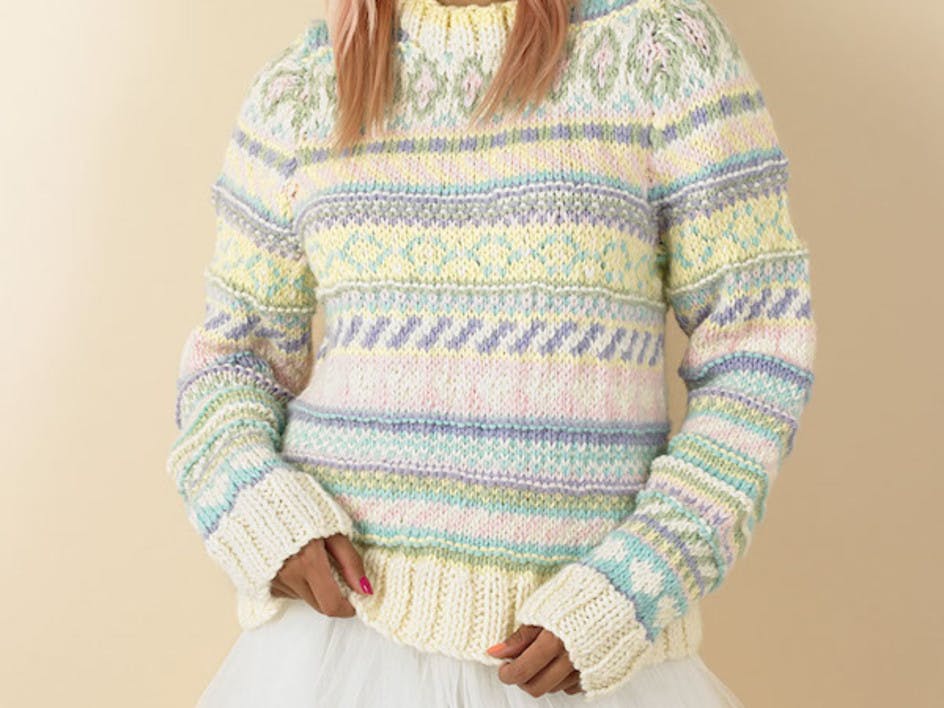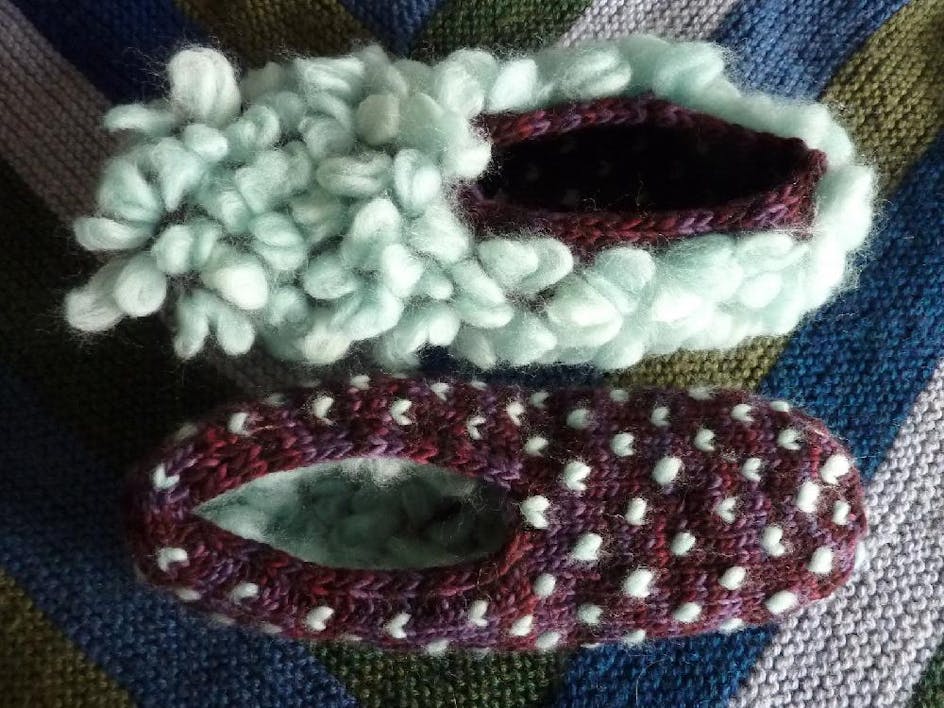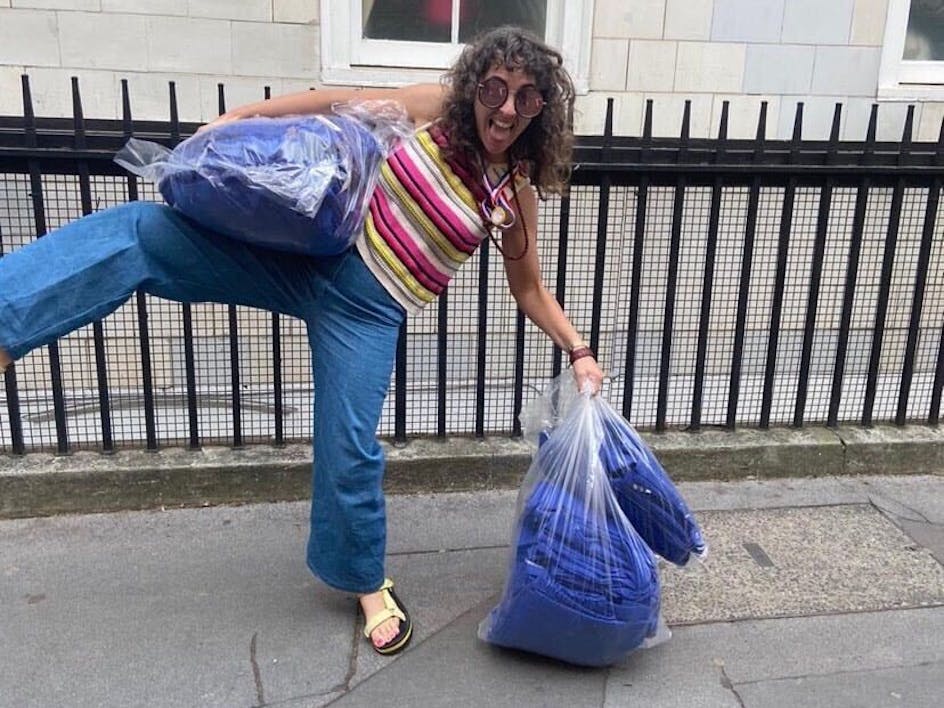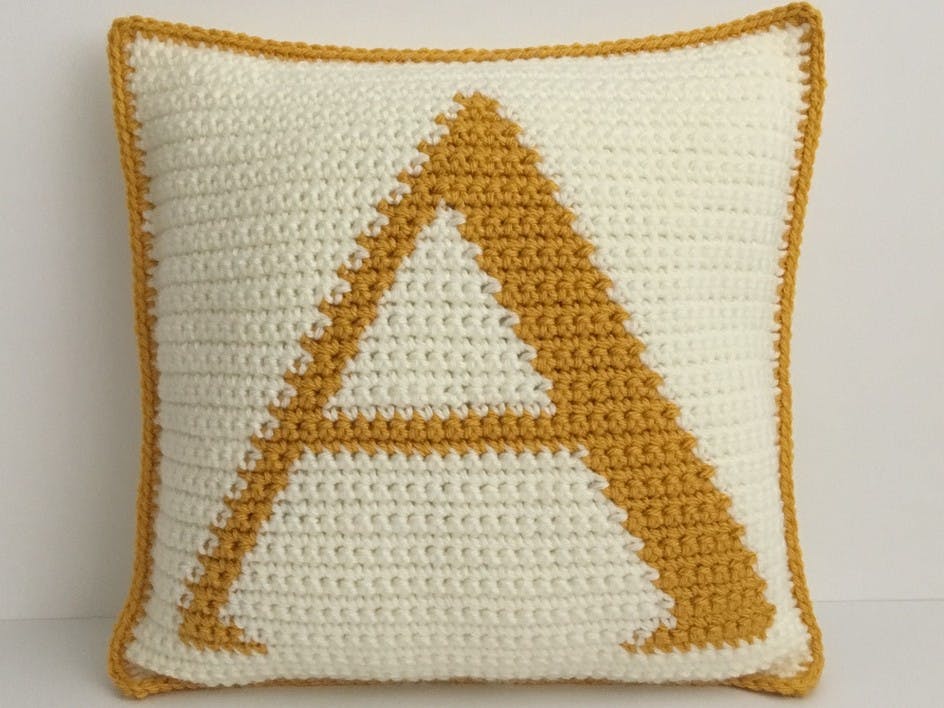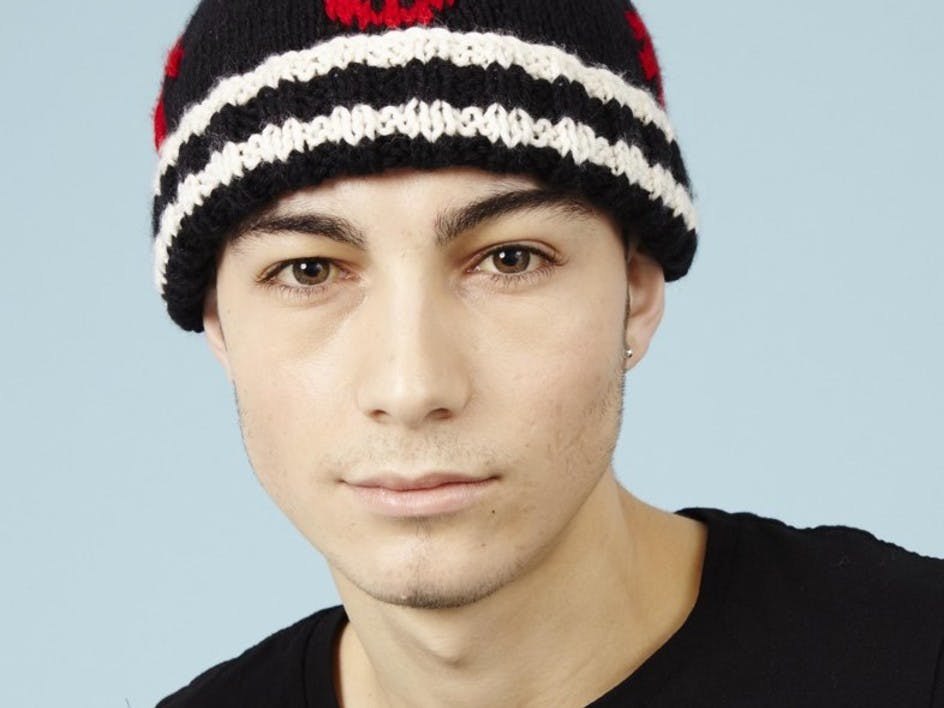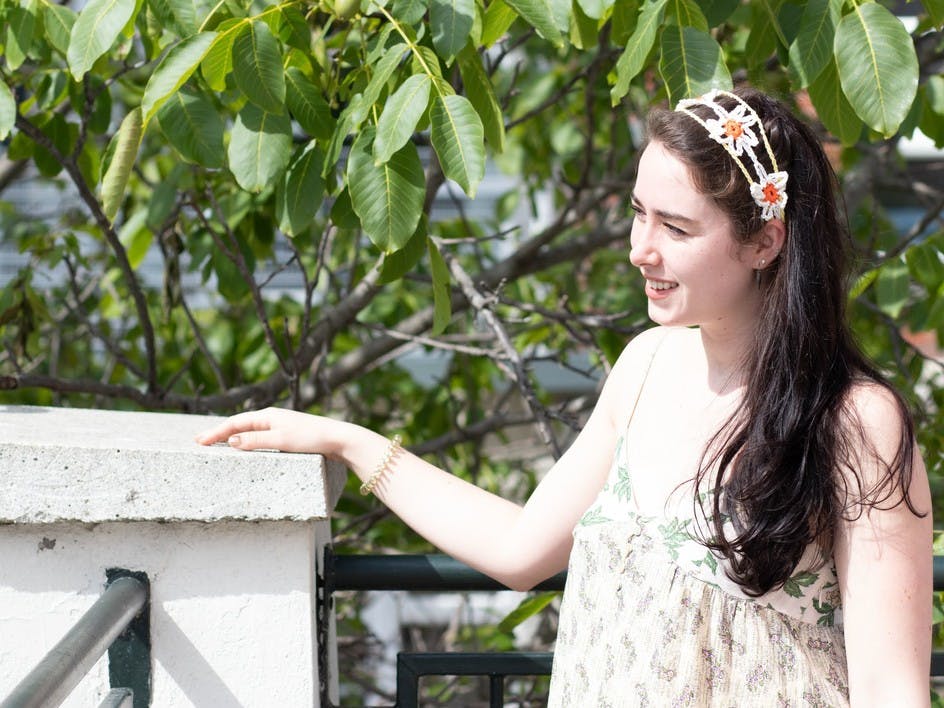Traditional techniques: Learn to Steek with Juliet Bernard
Published on October 26, 2020 By Juliet Bernard 2 min readCreate beautiful knitwear using this wonderful traditional method. Juliet Bernard talks us through the art of steeking in knitting, where you knit a single piece of material in the round and then cut into your fabric to produce armholes, necks and panels. Learn where steeking originated and the different ways you can use the steek stitch in your knitting projects!
What is steeking?
Steeking is one of those terms that strikes fear in to the heart of even the most experienced of knitters and there’s a good reason there is an ‘eek’ in the word because it involves cutting your knitting. Yes, you did read that right, cutting… with scissors. But fear not, the cut is made vertically so, with some careful preparation, your knitting won’t fall apart.
Where does seeking come from?
The technique is traditionally used in places like Shetland and throughout Scandinavia. If you have ever knitted a jumper in the round (top down or bottom up, we don’t judge) you will now how liberating it is to only have to worry about the knit stitch, especially if you are doing fair isle.
A long time ago, some clever knitter decided to put some waste stitches up the front of a jumper, usually an odd number, so that the garment could be easily cut and turned into a cardigan. Genius! Some designs will put these steek stitches on armholes and necks.
How can you cut into your fabric safely?
By securing the steek stitches before you cut, using crochet, sewing, or felting, you can safely cut your knitting before casting on your button bands or borders. The cut edges are then covered with ribbon or enclosed in the knitted border for extra security.
It is scary, but you can do it!
Steeking mug cozy tutorial
Knit-along with our video tutorial and learn to steek with this free mug cosy tutorial. In this pattern Juliet uses Rowan Felted Tweed DK in two gorgeous contrasting shades. You'll also need set of 4mm knitting needles or 3.75 DPNS or circular needles with a long cable if you prefer magic loop, as well as 3mm crochet hook.
Abbreviations
MC - main color
CC - contrast color
cont - continue
k - knit
p - purl
st(s) - stitch(es)
St st - stocking stitch
YO - Yarn over the needle
K2tog - Knit tow stitches together
Materials
- Rowan Felted Tweed DK
- MC – ½ ball
- CC – ½ ball
- 3mm crochet hook
- KnitPro Waves Crochet Hook
- 4mm knitting needles
- Pony Aluminium Single Point Needles 35cm
Step-by-step
1
Pattern
Using MC cast on 60 sts. Join in the round being careful not to twist the stitches.
Knit 1 repeat of chart and cast off.
2
Steek
Prepare steek by crocheting 2 chains up the steek stitches to secure before cutting.
3
Edging
Pick up 15 stitches in CC and continue as follows:
Work 5 rows of st st, starting with a purl row.
Next row K1 *YO K2tog repeat from * to the end of the row.
Work a further 6 rows of st st.
4
Finishing
Sew down edging and all yarn ends.


